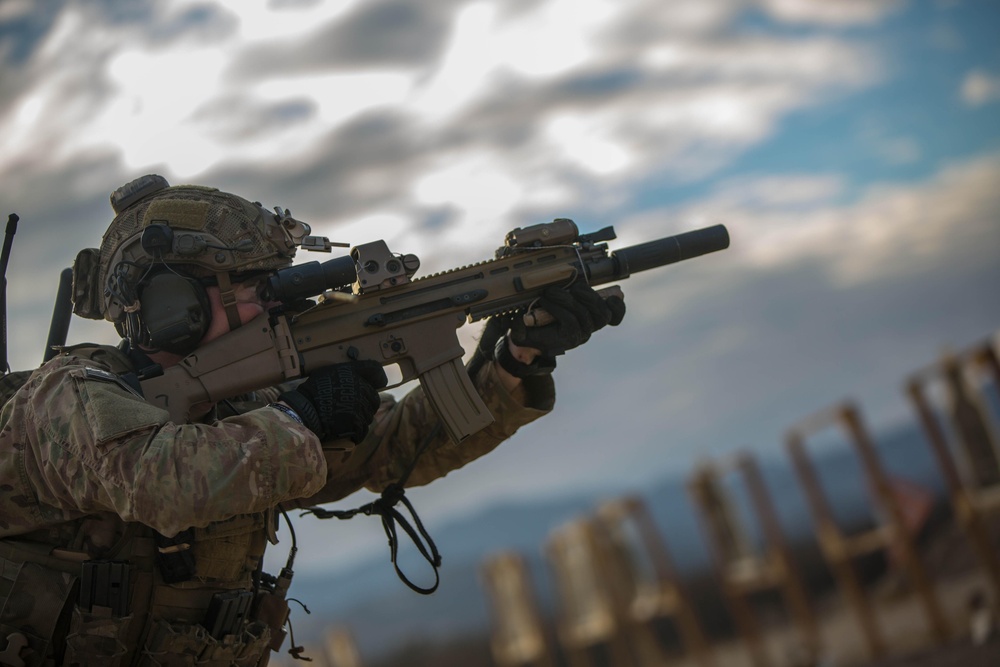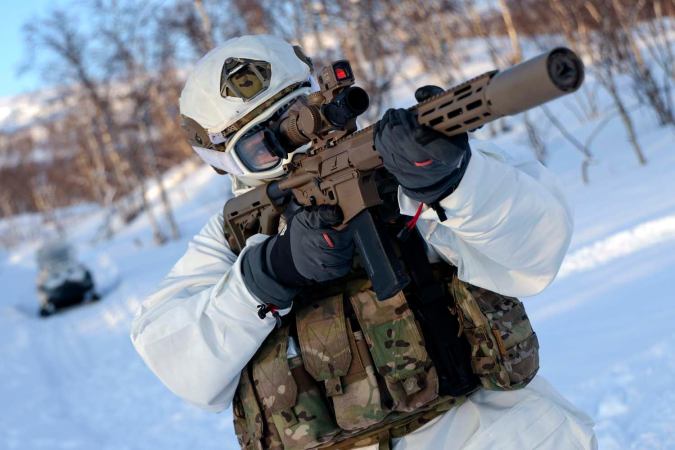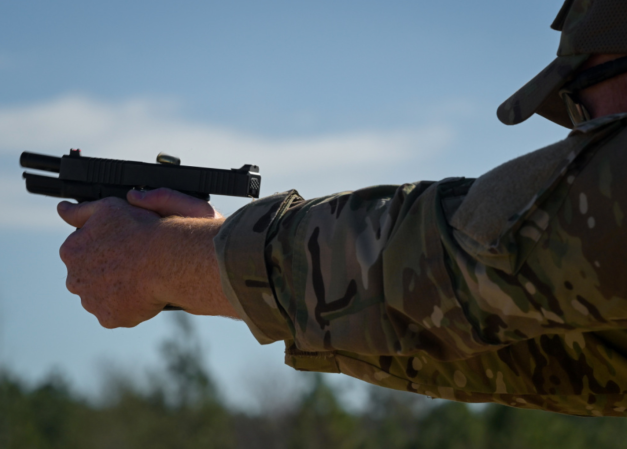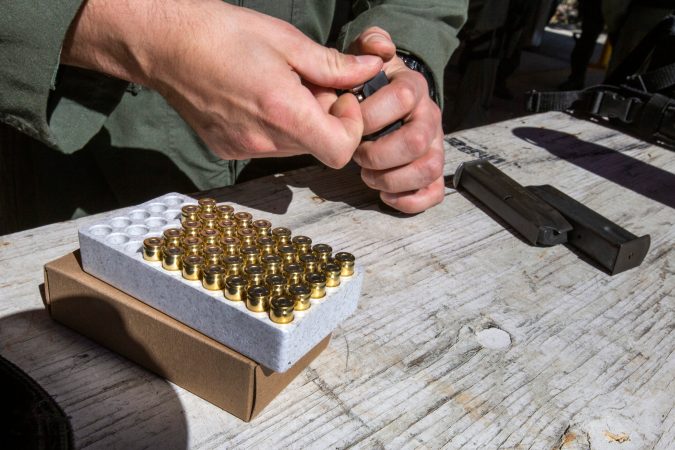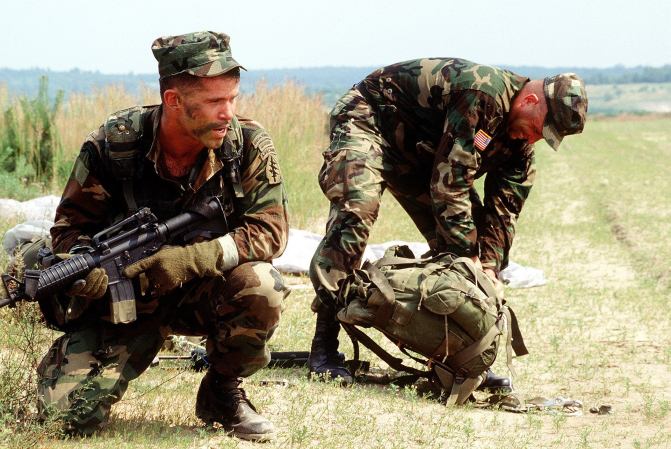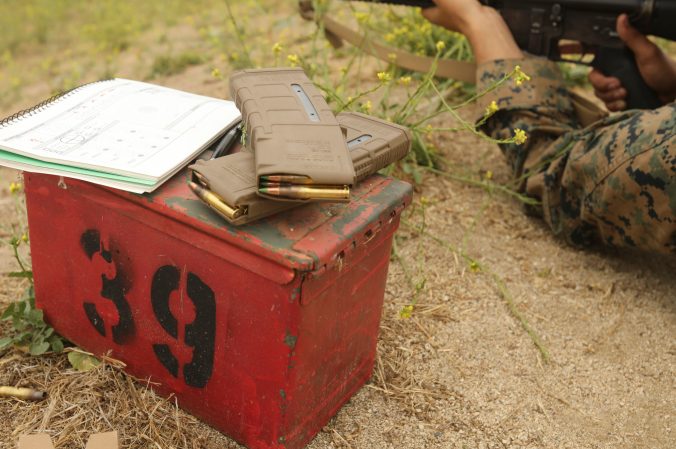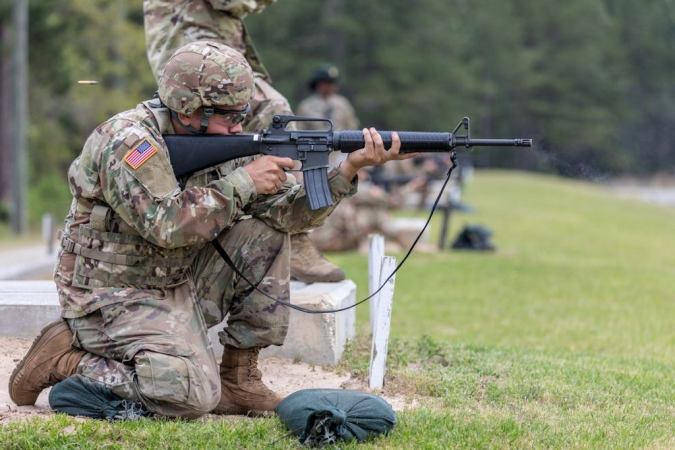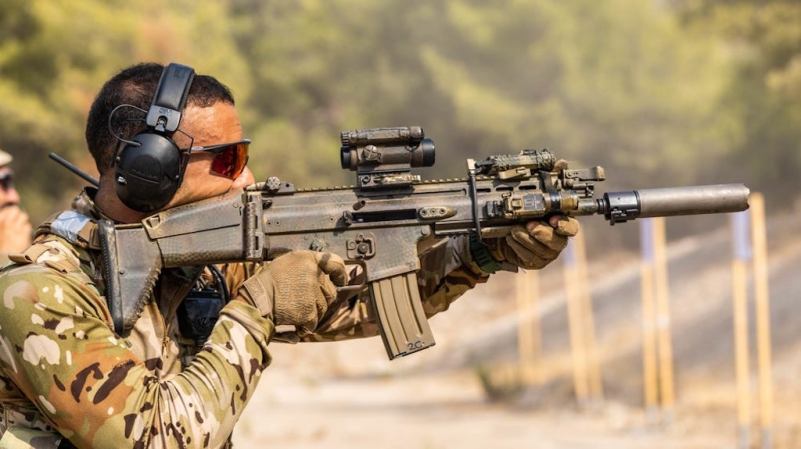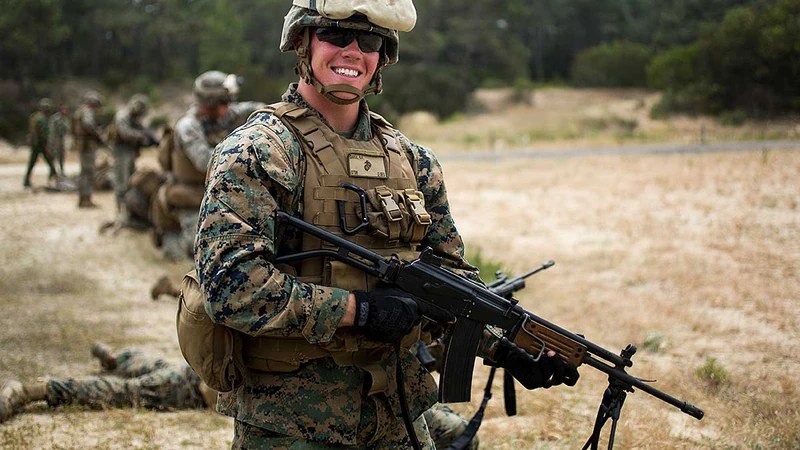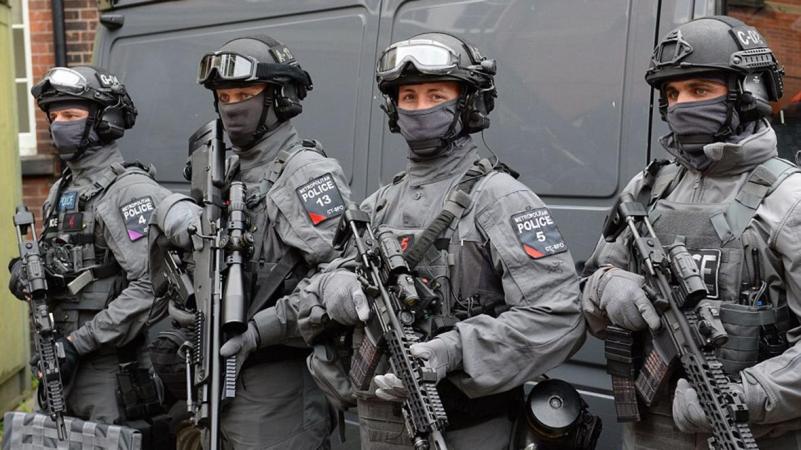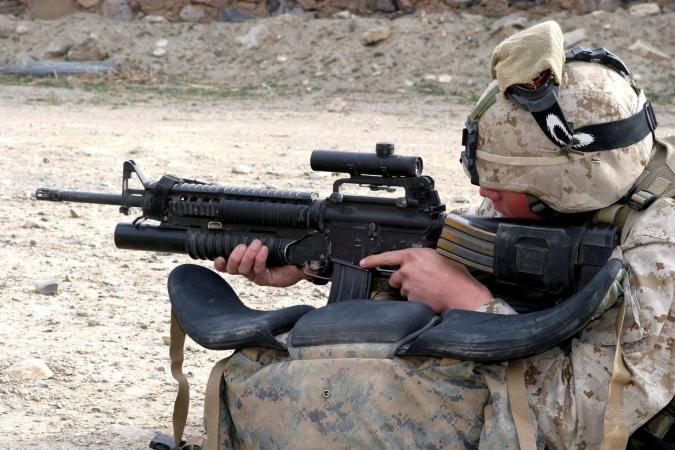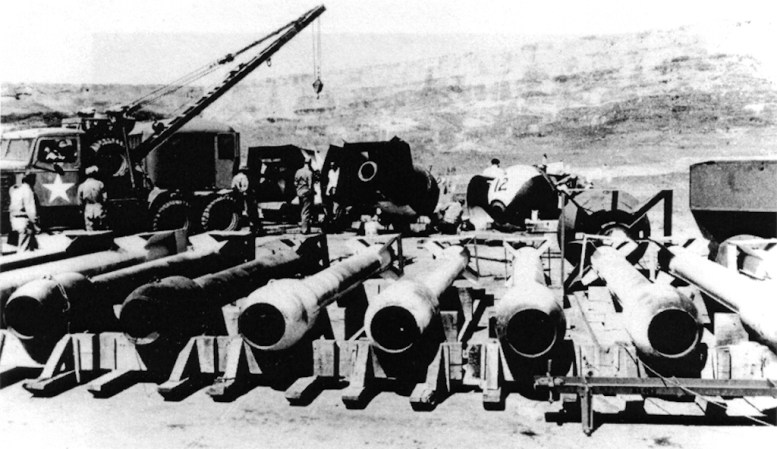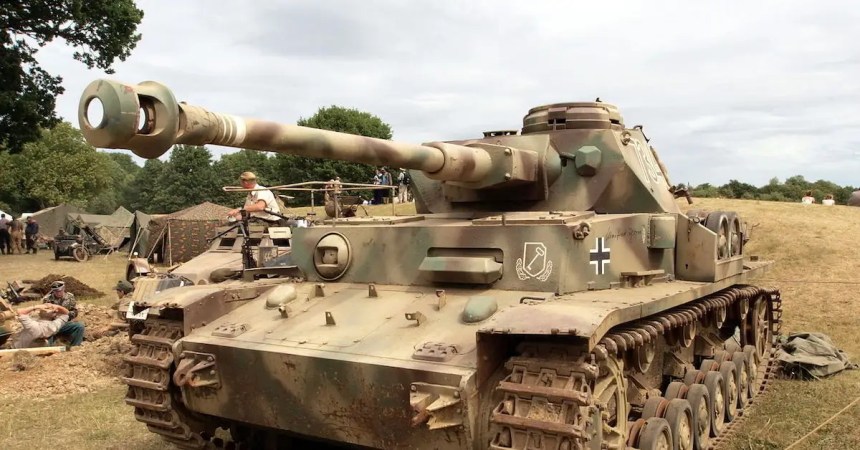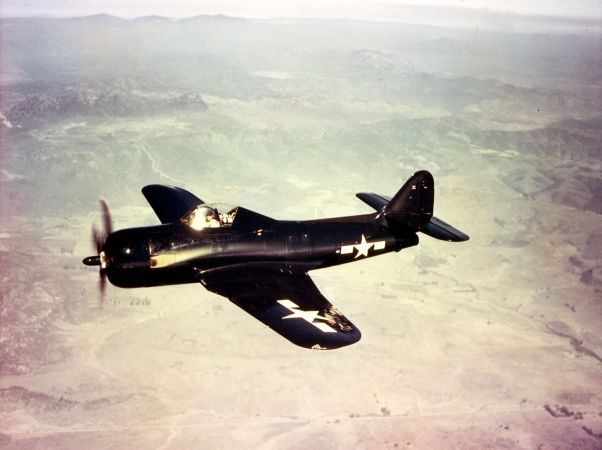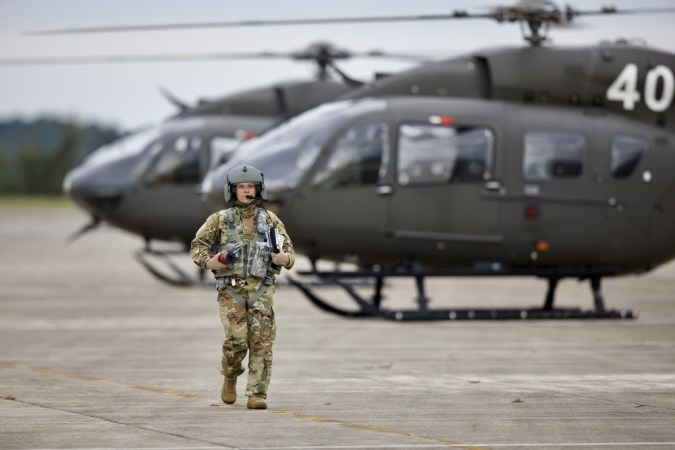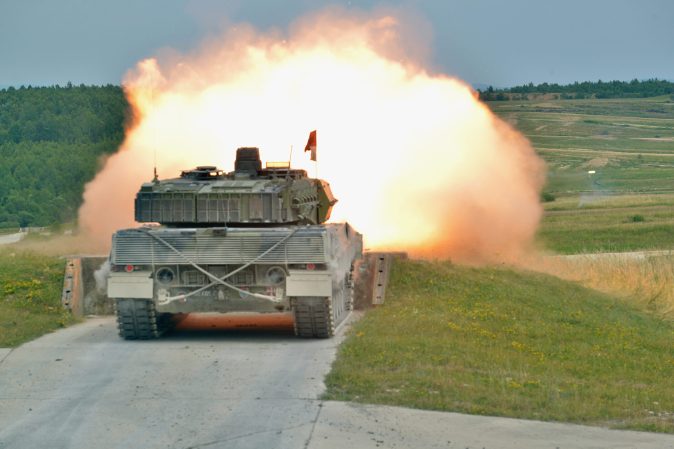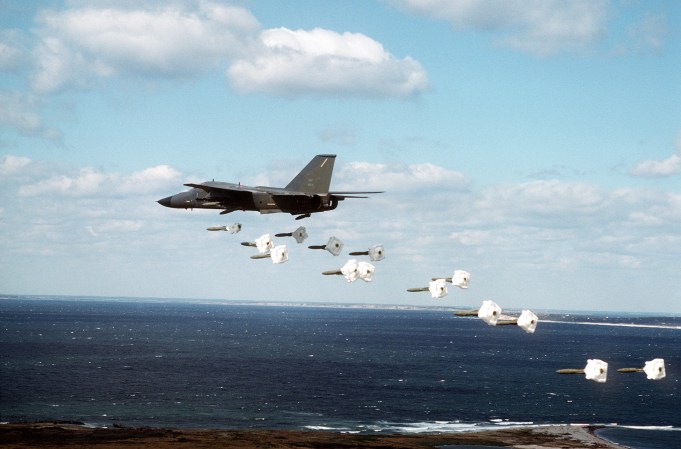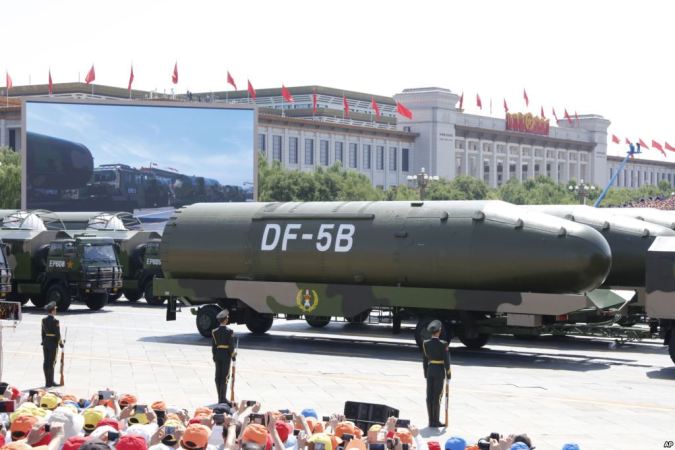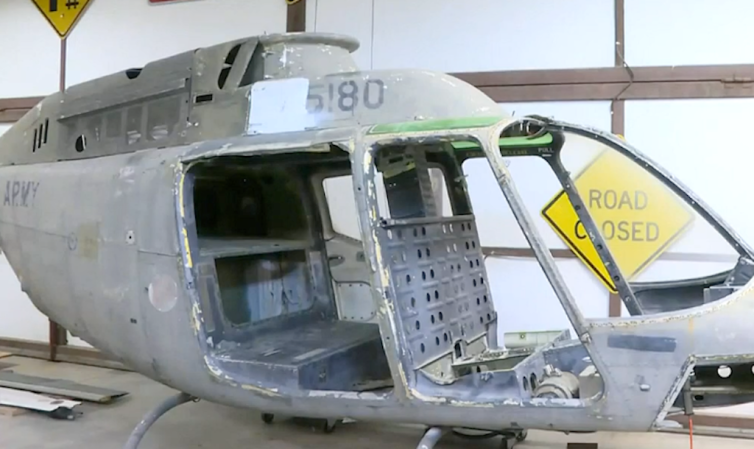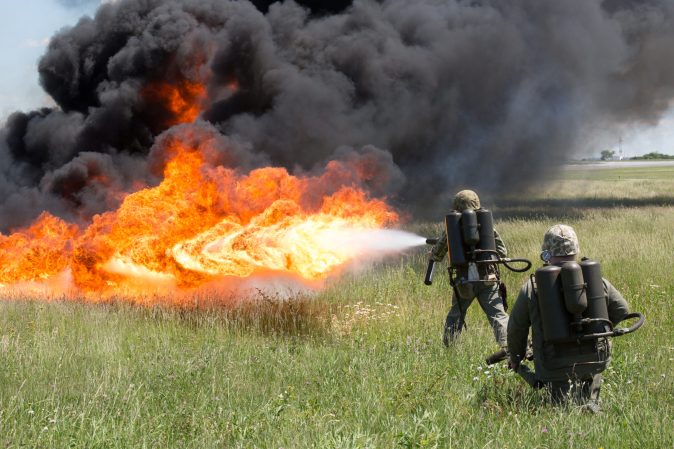In the mid-2000s, as the Global War on Terror escalated, U.S. Special Operations Command sought to replace the M4 carbine with a more robust weapon. The solicitation was dubbed the Special Operations Forces Combat Assault Rifle program. SOCOM wanted a light SCAR-L and heavy SCAR-H chambered in 5.56x45mm and 7.62x51mm, respectively. In the end, only the MK16 SCAR-H was adopted.

The SCAR competition was close, with companies like Colt and Robinson Arms submitting rifles for consideration. In the end, SOCOM selected the SCAR submissions from FN Herstal for further testing. In 2007, retired Special Forces Master Sgt. Jeff Gurwitch was part of the evaluation committee that was charged with determining if the SCAR-L was a suitable replacement for the M4. He shared his experiences on his YouTube channel, Modern Tactical Shooting.

Over a two-week period, the Special Forces committee evaluated the SCAR-L in simulated real-world scenarios. One of the first issues that Gurwitch and the other operators found with the weapon was the flimsiness of its buttstock. Jokingly referred to as the tactical UGG boot for its shape and tan color, the SCAR-L’s stock could easily be folded under light impacts. The plastic button and spring that was supposed to keep the stock locked in the deployed position was inadequate.

Another issue that the committee had with the SCAR-L was actually a requirement established by SOCOM for the SCAR program: the reciprocating charging handle. Located just beneath the top rail, the SCAR’s charging handle is extremely close to optics or other accessories mounted on top of the rifle. This often leads to shooters scraping their knuckles as they charge the weapon. Moreover, the back and forth movement of the charging handle with each shot opened the potential for the shooter’s hand to get in the way and cause a malfunction. By contrast, the more powerful round of the SCAR-H moves the charging handle with enough force to knock a hand out of the way.

The next issue found specifically with the SCAR-L wasn’t necessarily the weapon’s fault. When the feed lips on a magazine begin to fail, it can release two or even three rounds during a cycle and cause a malfunction. With the SCAR-L, a double or triple feed malfunction was magnified by the weapon’s interior space. There was enough room between the operating rod and the channel that it rode in to allow multiple rounds or spent casings to become stuck inside the rifle. The only way to clear this malfunction was to disassemble the SCAR-L. This issue was not found on the SCAR-H due to the larger diameter of its operating rod and bullet casings.

The final major issue experienced during the Special Forces trial was the heating of the lower rail which is attached to the barrel of the SCAR-L. After firing two magazines on automatic, the weapon’s lower rail would become as hot as an M4’s handguard after three to four magazines. This was an issue for Special Forces who have a standard operating procedure of laying down heavy rifle fire to break contact with the enemy. Overheating issues were experienced with some early Special Forces M4s, but were resolved with heavier barrels.

In April 2010, the FN SCAR was formally adopted with the SCAR-L as the Mk16 and the SCAR-H as the Mk17. However, just two months later, SOCOM announced the cancellation of the Mk16 acquisition. In the end, the SCAR-L wasn’t seen as a worthwhile improvement over the M4 which went through further evolutions under SOCOM. FN has since made improvements to the SCAR-L including the release of a non-reciprocating charging handle version, strengthening the folding stock button and reducing the open space in the operating rod channel.


